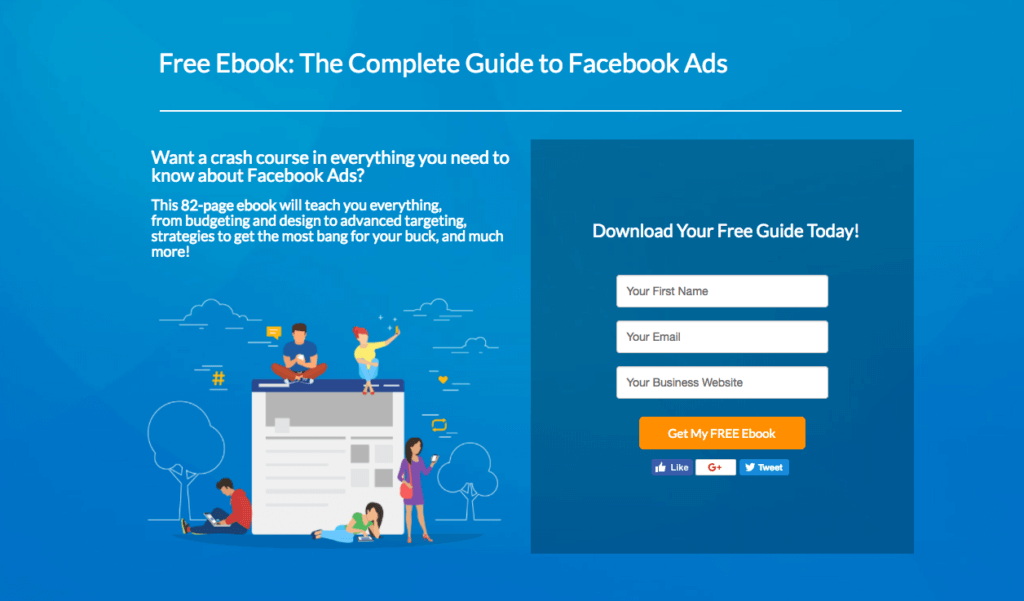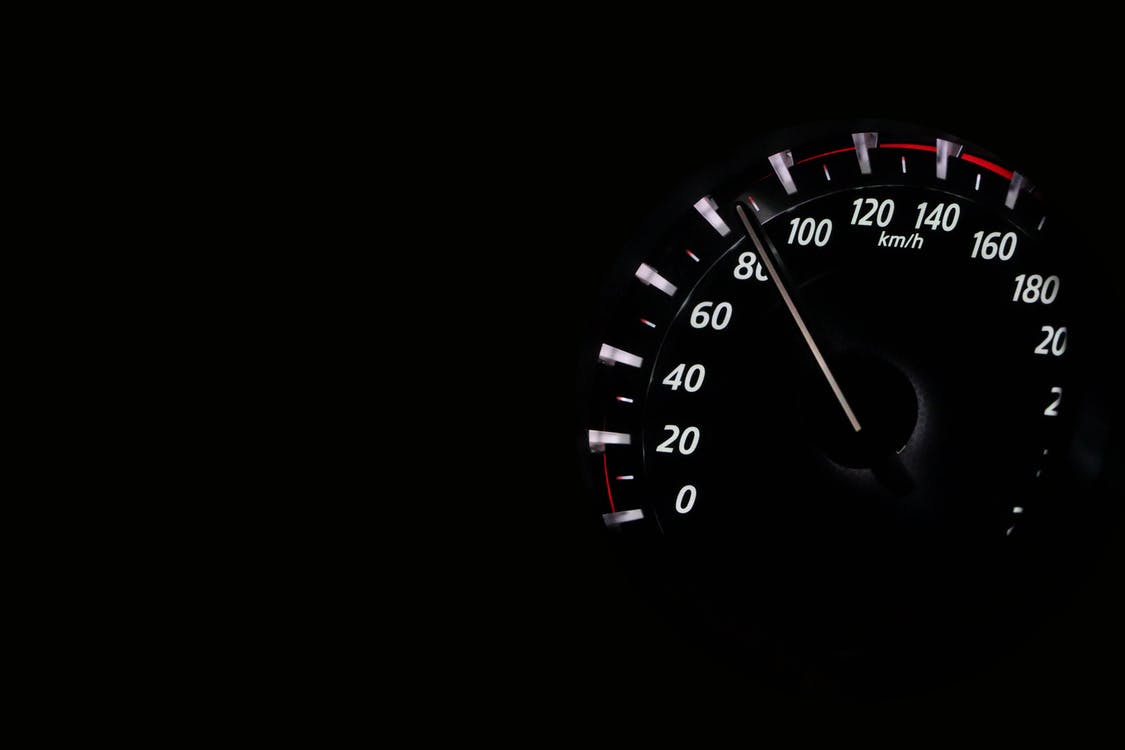Landing page optimization is an important concept to understand for every person associated with the online marketing world. Whether you are an SEO professional or a PPC expert, landing page optimization plays a crucial role in the overall effectiveness of your campaign.
Moreover, how well-optimized your landing page is affects the conversion rate, which plays a key role in changing the bottom line of your business.
In this blog post, we explain the basic concepts of a landing page, landing page optimization, and conversions. Furthermore, we will also share a few tips on how to optimize landing pages and potentially increase conversions — whether you are running an SEO or PPC campaign.
Let’s begin with some basic concepts and terminologies.
What is a landing page?
Technically, a landing page can be any page on which the user first lands. However, in the online marketing world, the term landing page is generally reserved for a standalone web page that is designed specifically for a specific marketing campaign.
That campaign could be for advertising a specific product or service. The sole purpose of a landing page is to encourage visitors to take the desired action, e.g., filling a form or buying a product.
Here is an example of a landing page.
What is a conversion?
In online marketing, ‘conversion’ refers to an event when a website visitor performs a desired action.
In the above example, the desired action would be to fill the form and download the free ebook. If 10 people visit that landing page, fill the form and download the ebook, we can record 10 conversions.
What is a conversion rate and how to calculate it?
A conversion rate simply refers to the percentage of people who visit the landing page and perform the desired action.
For example, if 100 people visit your landing page, and 15 of them fill the form, your conversion rate will be 15%.
Formula for conversion rate = Total number of visitors on the page / Total conversions
Now that we have discussed the basic concepts and terminologies, let’s discuss:
- Why conversion optimization and landing page optimization are important, and
- How you can optimize landing pages for a higher conversion rate.
Why conversion optimization and landing page optimization are important
As a general rule, you want more and more of your website visitors to become customers or, at least, potential leads.
Suppose that you are driving 1,000 traffic visitors on your landing page per month. The page has a 10% conversion rate and generates $200 in revenue.
You can directly increase that revenue — without doing anything else — by just improving the conversion rate. For example, a conversion rate of 20%, instead of 10%, would double the revenue, i.e., $400.
In other words, optimizing landing pages and improving conversion rates is the easiest way to increase revenue and decrease the average cost per acquisition.
In PPC and Google Ads, landing page optimization is also important for a better ad quality score, which then leads to a lower cost per click (CPC) and lower cost per conversion.
For SEOs, landing page and conversion optimization are important because a higher conversion rate signifies a better return on investment (ROI). This justifies a bigger SEO budget, more link-building opportunities, higher-quality content production, and much more.
How to optimize landing pages and increase conversion rates
Here are a few ways to optimize landing pages and increase the conversion rate and profitability.
1. Tracking visitors behavior
Identifying potential problems on your landing page is a crucial part of landing page optimization (LPO).
And the easiest way to identify those problems is simply tracking your visitors’ behavior on the landing page. This includes analyzing reports, such as:
- Heat maps
- Scroll maps
A heat map, for example, shows you where people click on your landing page. If they are too focused on relatively unimportant elements, that’s a leakage.
A scroll map shows you how far visitors usually scroll. For instance, if most visitors only scroll 40 percent of your page, you know that the page is too long. And if the CTA is at the very end of the page, not many visitors would even see that.
With this important information and data, you can identify problems and make data-driven decisions for improving landing pages and conversions.
2. Simplify your landing pages
Many landing pages are too complicated. They have too many elements that lead to unnecessary confusion and, therefore, a lower conversion rate.
Focus on simplifying your landing pages and making it easier for visitors to perform the desired action.
3. Add testimonials and social proof
According to studies, testimonials can increase conversions on sales pages by 34%. Moreover, 50% of all consumers, after reading a positive review about a company, visit their website. It is obviously one step closer to the desired action you want them to take.
By adding testimonials and social proof on your landing page, you make your site and offer more credible and appealing to potential customers.
4. Decrease loading page time

How quickly your landing page loads is also a crucial factor in the calculation of the conversion rate.
According to a study, conversion rates decrease as the loading time of a landing page increases.
According to the study, on average, a website that loads in 2.4 seconds enjoys a conversion rate of 1.9%. However, if the website takes longer than 5.7 seconds to load, the conversion rate drops down to less than 0.6%.
Walmart managed to increase conversion rates by 2% for every one-second improvement in the web page loading speed. Here are some more case studies on how improving the loading speed of a website helps conversion rate.
Check how fast your website loads with our free tool.
5. Match the search intent
This is arguably one of the most important aspects of landing page optimization.
Sometimes, the meta title and meta description of your web page paint a different picture in the SERPs. It sets different expectations for online searchers. When they land on the landing page, they are greeted with a page that does not meet their expectations.
That’s one of the biggest reasons for low conversion rates. And this is extremely bad for PPC campaigns in which each click on your ad costs you money.
There are two components here that you need to focus on:
- Make sure that the description and title of your landing page match the user’s search intent.
- Second, make sure that the contents of your landing page also match the search intent.
For example, if the SERP snippet of your page mentions “adjustable height desks,” the landing page is also about adjustable height desks, not something else.
Conclusion
Landing page and conversion rate optimization are very important parts of any online marketing campaign. However, these aspects are often neglected and ignored by many marketers and website owners.
Make sure you don’t make the same mistake.
By optimizing landing pages and increasing conversions, you can decrease your average cost per acquisition, reduce maximum CPC for Google Ads, increase profitability, and improve the bottom line of your business.
